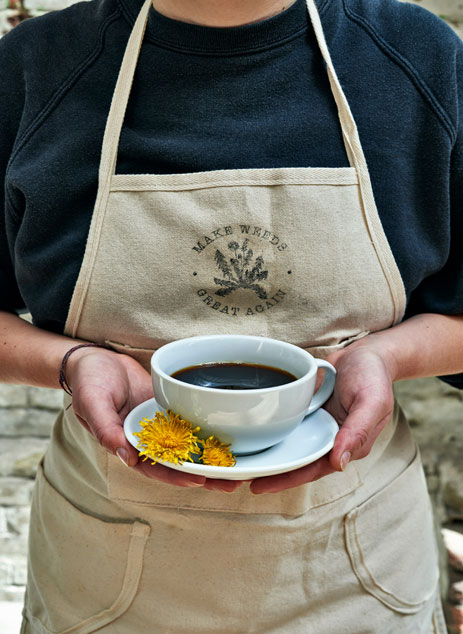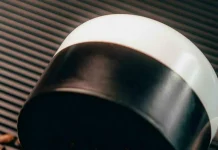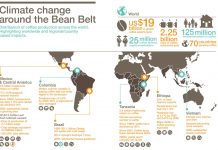Coffee is claimed to be one of the super foods because of its numerous vitamins and minerals content, and potent antioxidant. However, despite the many claims many are still not convinced with the health benefits of coffee and other coffee lovers who are trying to lessen their daily cups of coffee are looking for coffee alternatives that can give the same effect as coffee. A new do it at home project conducted by Daisy Newdick has designed a roaster specifically for making a dandelion coffee to demonstrate that you can brew the plant to your homes from root to cup.
Just like the Chicory coffee, which is known to have health benefits and a good alternative to coffee, the dandelion as well is known to be a healthy alternative to coffee. In fact, you can buy dandelion coffee to AMAZON or at wholefoods. Hence dandelions are weeds which you can find to your lawns or parks you can now spend less, and create your version of dandelion coffee with the help of Daisy Newdick DIY project Make Weeds Great Again.
The project aims to highlight the overlooked qualities of the common dandelion plant, which is often just seen as an “unsightly weed that spoils the nation’s lawns.”
Daisy’s invention was exhibited in the Designing in Turbulent Times by Central Saint Martins college in London as part of the series of design propositions for a more sustainable future.
One of the main purposes of this DIY project is when Daisy learned in the UK alone, people consumed around 95 millions of coffee per day, and spending a lot in coffee. This gives her an inspiration to show consumers that they can brew their own coffee by using weeds from their lawns that do not require beans to be shipped from overseas and enjoy a deliciously healthy cup of dandelion coffee at home that gives the same feeling like coffee.
“In the West, and especially in cities, we take for granted the immense distances and complex supply-chains foodstuffs travel before they reach us,” Newdick told Dezeen.
“Often, the social and environmental costs of mass-produced dietary staples are enveloped by convenience,” she continued.
“This is particularly true of coffee – a drink so embedded within western culture that the exploitation of workers, contamination of water supplies, and widespread deforestation accompanying the cultivation of it, are overlooked.”
“With increasing demand driving environmentally degrading practices, together with the impacts of the climate emergency, the future of this highly esteemed commodity is uncertain,” added Newdick.

Similarities of Dandelion To Coffee
While some of us may say that dandelion cannot be considered as coffee, studies show that the chemical inulin that is present in the thin skin around the surface of the dandelion root does contain aromatic components that give similar bitterness and chocolatey smell to coffee. The same with Chicory, which is a family of dandelion and burdock roots, can also be used as an alternative to coffee, which Newdick plans to use these botanical ingredients to her future project.
Newdick also explains that making dandelion coffee has a similar process to traditional coffee, which involves roasting, grinding, and brewing.
Unlike the fancy coffee machines, the prototype made for making dandelion coffee is a hand-operated root-to-cup system that was based on a rocket stove, with a hand-cranked rotating drum on top so that little fuel is needed to reach a high enough temperature. An additional tray that slots over the roaster allow excess heat from the stove to be used to dry later batches of roots. Once roasted, the roots can be ground up and made into coffee.
This report was originally published by dezeen.com





